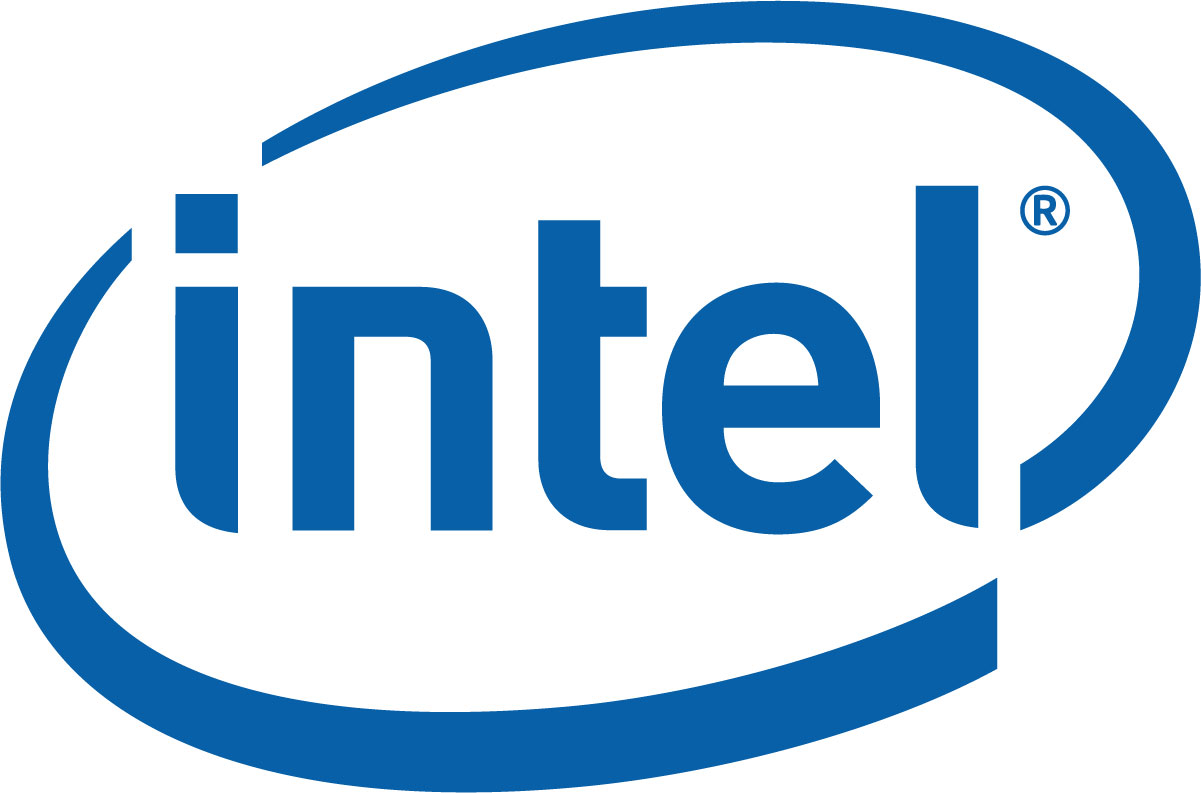Intel Announces Atom Server Processors For 2012
Intel and ARM are already clashing as traditional processor architectures are moving into new market segments.
There is some buzz about ARM-based servers and it appears that this market is attractive enough for Intel to compete here as well. The company said that it will be releasing Atom-based processors that will target the microserver segment by 2012.
Details are scarce: The only slice of information Intel released so far is that the CPUs will consume less than 10 watts. The company downplays the opportunity and said that the microserver market will account for less than 10% of the overall server market. Is Intel simply defending its turf with a new product? Possibly. Even 10% of the server market are hundreds of millions of dollars. And let's not forget that Intel's business model is based on the idea to sell more chips every year. Atom processors fit this model very well, especially since the profit margins are very high.
An advantage of the Intel architecture may be the ability to combine Atom processors with other low-power Xeon processors. Intel said that microservers will target light processing requirements in ultra-dense server environments.
Get Tom's Hardware's best news and in-depth reviews, straight to your inbox.

Douglas Perry was a freelance writer for Tom's Hardware covering semiconductors, storage technology, quantum computing, and processor power delivery. He has authored several books and is currently an editor for The Oregonian/OregonLive.
-
someguynamedmatt ...cool. And then AMD will crash through the server market with their own upcoming processors and completely rip Intel's atom inside out. Good luck with that. This is where I'm glad AMD decided to shift focus towards the server side of computing instead of trying to please the exponentially smaller enthusiast market...Reply -
ltbob Hmm looks interesting...Reply
Like mini-servers that fits in your pockets and run on little battery for lan partys!
:P -
Itbob: I assume you mean the ARM server chip, and not the Intel version... The Intel version will consume 150 watts, with only 16 cores... Which will put it on par with AMD's bulldozer offerings for total core count and TDP, but with 1/50th the performance of the Bulldozer part. Colossal fail.Reply
-
jkflipflop98 By the time you add up how many ARM / Atom chips it takes to rival the processing power of a Xeon, you may as well just buy a real server chip.Reply -
warmon6 hmmm..... i wonder if microsoft had anything to do with this as they're wanting a 16 core atom chip from intel....Reply
http://www.tomshardware.com/news/16-core-Atom-SoC-Dileep-Bhandarker-Xeon,12102.html -
joytech22 Well you better hope your workloads can use at least 48 cores minimum if running off ATOM CPU's, since that's about as fast as a high-end XEON.Reply
But in saying that, it WOULD look pretty cool to show off 48 threads, as long as nobody finds out it's an ATOM system. -
jimmysmitty LordConradIt will be soundly beaten by Brazos and Zacate.Reply
Yet still wont consume less power. I don't think people see where Atom wins. Brazos and Zecate on the low end laptop and netbook market kill in graphics and performance but still don't touch Atom in power usage and for netbooks, thats more important.
Intel plans 22nm this year which means Atom will see a refresh as well early next year. 22nm looks to be very efficient in power since Intel was demoing its SRAM at less than a volt running at 3.8GHz.
In servers as well, power means a lot. If the company can put more Atom CPUs to work that consume less power than the same amount of Brazos or Zecate CPUs, they will because the cost savings will more than make up for it. -
ta152h I read these comments and wonder where they're coming from.Reply
The main reason Intel would do this is to head off any non-x86 (ARM) from gaining traction. Once it does, software gets ported to it, and it can move upstream relatively easily. It's best just to head it off before it appears, because once it develops momentum it's much harder to stop.
Next, the purpose of these low performance processors is not to somehow equate to the processing power of higher end processors, using more threads. People just don't get it. There are many workloads that are i/o based, not processor based. Do I want to waste 45 watts on something that's not using 10% of my processor capacity, if it's always waiting on the hard disk anyway? File servers don't need powerful processors in many situations, and it's not about getting 48 Atoms to equal a high-end Xeon. One Atom equals a high-end Xeon if the workload doesn't require much CPU time, and the Atom costs less, costs less to run, and costs less to cool.
There's a place for both, obviously. I still use a K6-2 on a server. Why? Because it wouldn't make any difference if I replaced it with something else. There are plenty of workloads like this, where the performance depends on the hard disk, not the processor.
